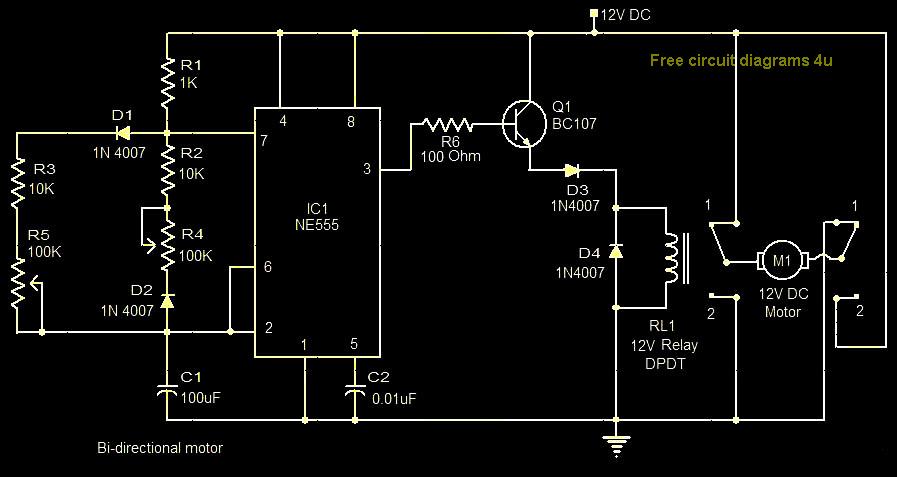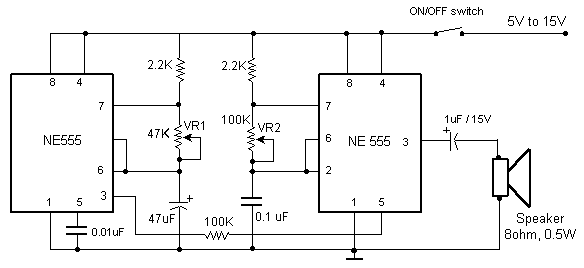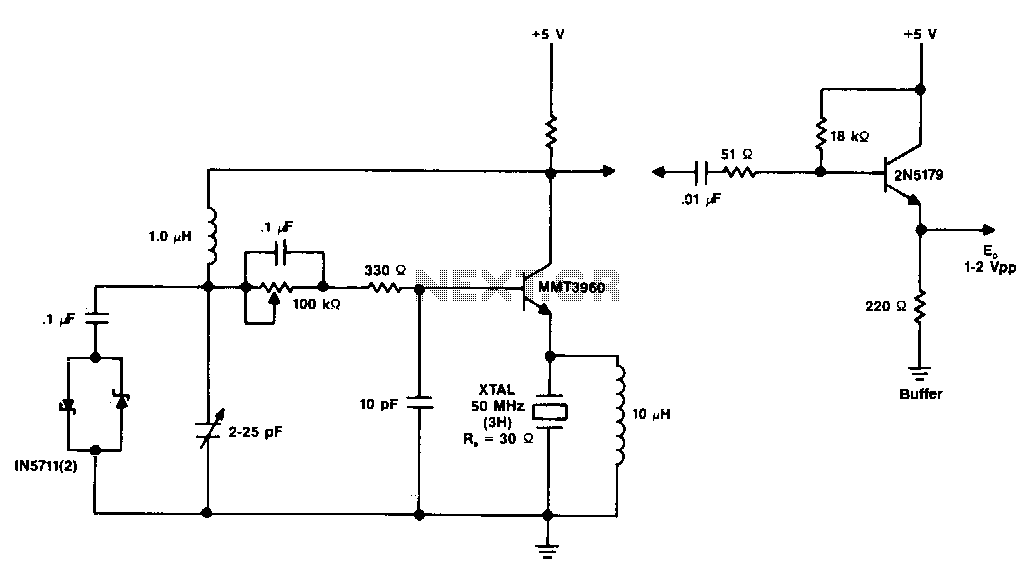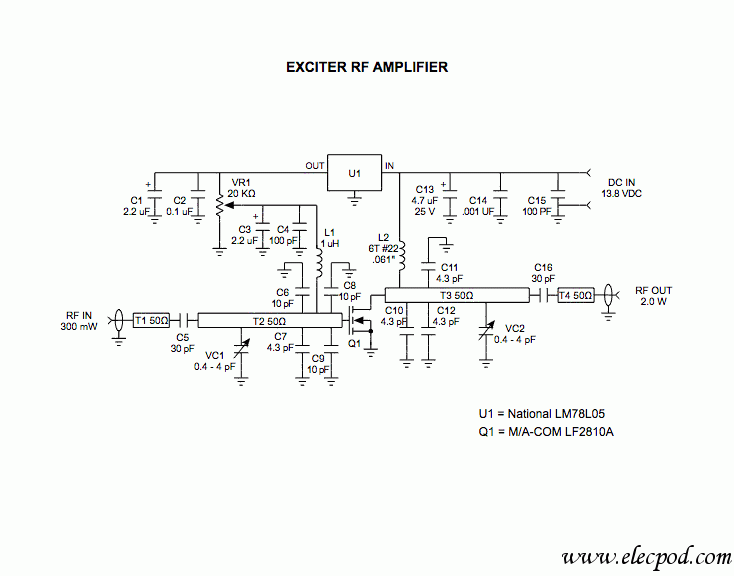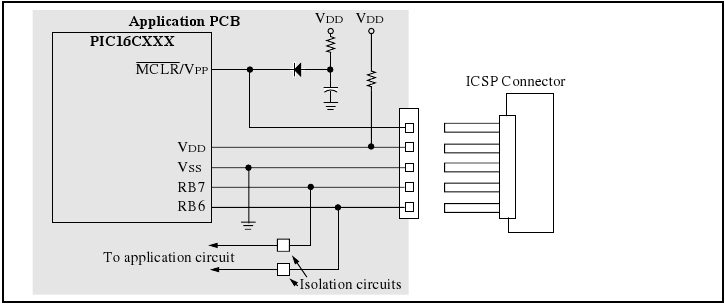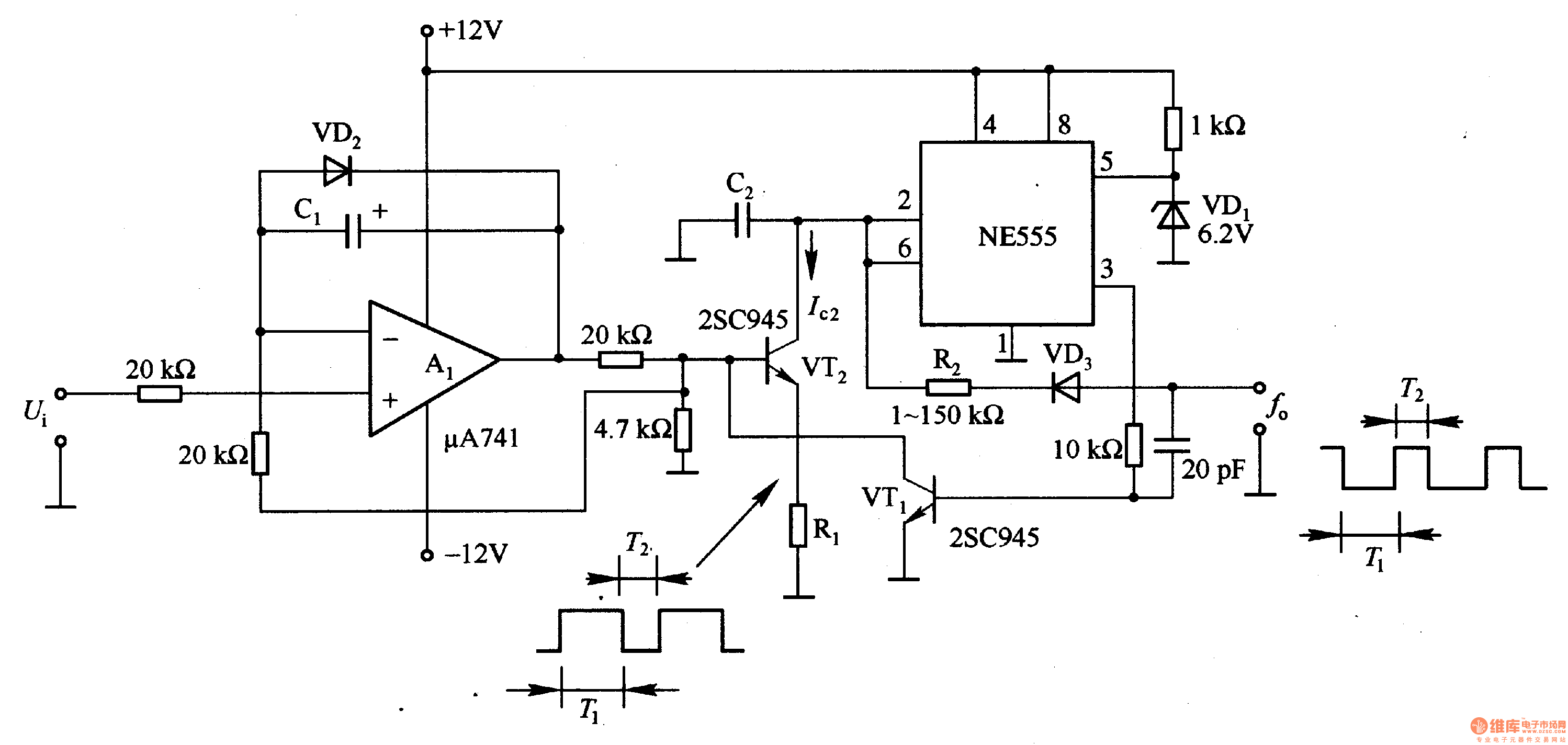
Intelligent Ultrasonic Ranging IC 4Y4 form a monolithic liquid crystal display rangefinder circuit diagram
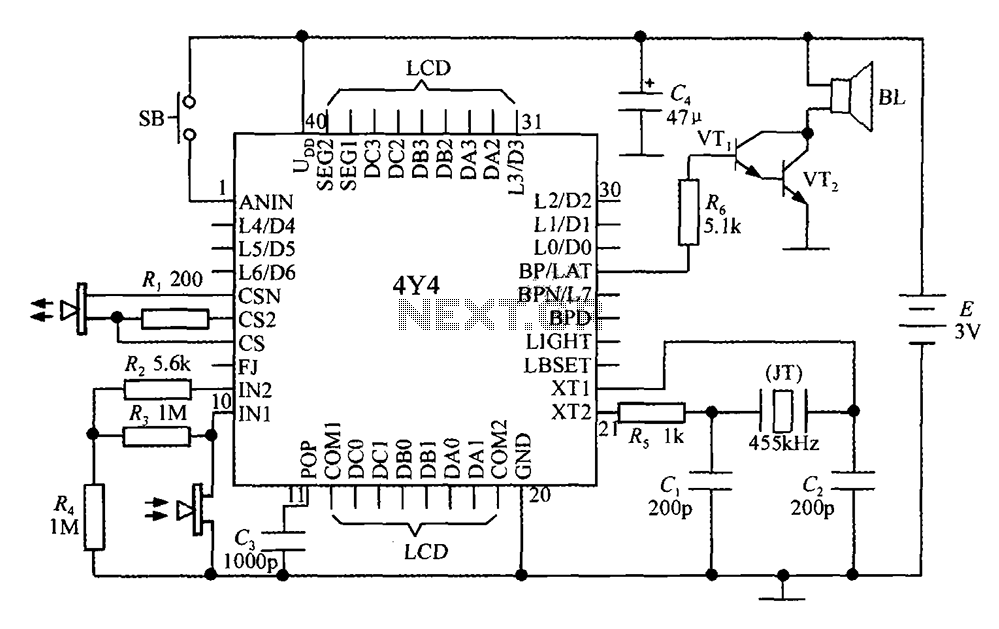
The 4Y4 is a monolithic liquid crystal display rangefinder circuit. The instrument comprises an ultrasonic transmitter, a receiver, an LCD display, buttons, switches, and a buzzer (or speaker). To simplify wiring, the 4Y4 is directly welded to the back of the LCD display panel. The range measurements include distances of 2 to 4 feet, 8 feet, 23 feet to 26 feet, and 28 to 30 feet. R1 functions as the current limiting resistor for the transmitting circuit. Resistors R2 to R4 are used for amplifying the receiving external components. C3 serves as an automatic reset capacitor. A 455 kHz oscillator circuit utilizes inexpensive piezoelectric ceramic filters instead of quartz (JT), with capacitors C1 and C2 providing oscillation. SB represents the push-button switch. C4 is used for power supply decoupling. The 4Y4 can drive a piezoelectric ceramic buzzer or a micro speaker; however, to drive a larger speaker, a Darlington pair (VT1, VT2) is required as a power amplifier. R6 is the current limiting resistor for VT1. Additionally, the 4Y4 can interface with external transmission or reception circuits. For instance, the sensitivity of the waterproof ultrasonic probe is only 1/10th of that of a standard probe, allowing for measurements without an external transceiver at a distance of 50 cm. An expanded circuit can enhance reception sensitivity to meet specific underwater ranging requirements.
The 4Y4 rangefinder circuit integrates multiple components to achieve effective distance measurement using ultrasonic technology. The ultrasonic transmitter emits sound waves, which reflect off objects and are received by the ultrasonic receiver. The circuit processes these signals and displays the calculated distance on the LCD screen. The inclusion of buttons and switches allows for user interaction to select measurement modes or reset the device.
The design features a robust power management system, with C4 ensuring stable power supply to prevent fluctuations that could affect measurement accuracy. The use of piezoelectric ceramic filters in the oscillator circuit (455 kHz) is a cost-effective solution that maintains performance while reducing component complexity. The oscillation capacitors (C1 and C2) are crucial for maintaining the frequency stability of the oscillator, which is essential for accurate distance measurements.
The Darlington pair configuration (VT1, VT2) amplifies the signal sufficiently to drive larger speakers, enabling audible feedback for the user. The current limiting resistor (R6) protects the circuit from excessive current that could damage the transistors. The design also allows for adaptability with external circuits, enhancing the functionality of the rangefinder. This feature is particularly beneficial in specialized applications, such as underwater measurements, where increased sensitivity is necessary.
Overall, the 4Y4 circuit exemplifies an efficient and versatile approach to ultrasonic distance measurement, integrating various electronic components to deliver a reliable and user-friendly instrument.4Y4 constituted by a monolithic liquid crystal display rangefinder circuit as shown in FIG. The instrument includes an ultrasonic transmitter, a receiver, LCD display, buttons, switches and a buzzer (or speaker), in order to simplify wiring, 4Y4 welded directly in the back of the display panel LCD. 4Y4 first 2 to 4 feet, 8 feet, 23 feet to 26 feet and 28 to 30 do not. R1 is transmitting circuit current limiting resistor. R2 ~ R4 to amplifier receiving external components. C3 to boot automatically reset capacitor. 455kHz oscillator circuit using an inexpensive piezoelectric ceramic filters instead of quartz (JT), C1 and C2 for the oscillation capacitor.
SB for the push button switch. C4 power supply decoupling capacitors. 4Y4 only drive the piezoelectric ceramic buzzer or micro Xiangqi, in order to drive the speaker, but also need to increase the level ~ Darlington (VT1, VT2) to use as a power amplifier. Current limiting resistor R6 of VT1. According to actual needs, 4Y4 also received external transmission circuit or reception circuit. For example, the sensitivity of the ultrasonic probe waterproof seal is only 1/10 of ordinary probe can only measure without external transceiver at 50cm distance, the increased expansion circuit can improve the reception sensitivity to meet the special requirements of underwater ranging.
The 4Y4 rangefinder circuit integrates multiple components to achieve effective distance measurement using ultrasonic technology. The ultrasonic transmitter emits sound waves, which reflect off objects and are received by the ultrasonic receiver. The circuit processes these signals and displays the calculated distance on the LCD screen. The inclusion of buttons and switches allows for user interaction to select measurement modes or reset the device.
The design features a robust power management system, with C4 ensuring stable power supply to prevent fluctuations that could affect measurement accuracy. The use of piezoelectric ceramic filters in the oscillator circuit (455 kHz) is a cost-effective solution that maintains performance while reducing component complexity. The oscillation capacitors (C1 and C2) are crucial for maintaining the frequency stability of the oscillator, which is essential for accurate distance measurements.
The Darlington pair configuration (VT1, VT2) amplifies the signal sufficiently to drive larger speakers, enabling audible feedback for the user. The current limiting resistor (R6) protects the circuit from excessive current that could damage the transistors. The design also allows for adaptability with external circuits, enhancing the functionality of the rangefinder. This feature is particularly beneficial in specialized applications, such as underwater measurements, where increased sensitivity is necessary.
Overall, the 4Y4 circuit exemplifies an efficient and versatile approach to ultrasonic distance measurement, integrating various electronic components to deliver a reliable and user-friendly instrument.4Y4 constituted by a monolithic liquid crystal display rangefinder circuit as shown in FIG. The instrument includes an ultrasonic transmitter, a receiver, LCD display, buttons, switches and a buzzer (or speaker), in order to simplify wiring, 4Y4 welded directly in the back of the display panel LCD. 4Y4 first 2 to 4 feet, 8 feet, 23 feet to 26 feet and 28 to 30 do not. R1 is transmitting circuit current limiting resistor. R2 ~ R4 to amplifier receiving external components. C3 to boot automatically reset capacitor. 455kHz oscillator circuit using an inexpensive piezoelectric ceramic filters instead of quartz (JT), C1 and C2 for the oscillation capacitor.
SB for the push button switch. C4 power supply decoupling capacitors. 4Y4 only drive the piezoelectric ceramic buzzer or micro Xiangqi, in order to drive the speaker, but also need to increase the level ~ Darlington (VT1, VT2) to use as a power amplifier. Current limiting resistor R6 of VT1. According to actual needs, 4Y4 also received external transmission circuit or reception circuit. For example, the sensitivity of the ultrasonic probe waterproof seal is only 1/10 of ordinary probe can only measure without external transceiver at 50cm distance, the increased expansion circuit can improve the reception sensitivity to meet the special requirements of underwater ranging.
